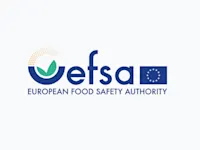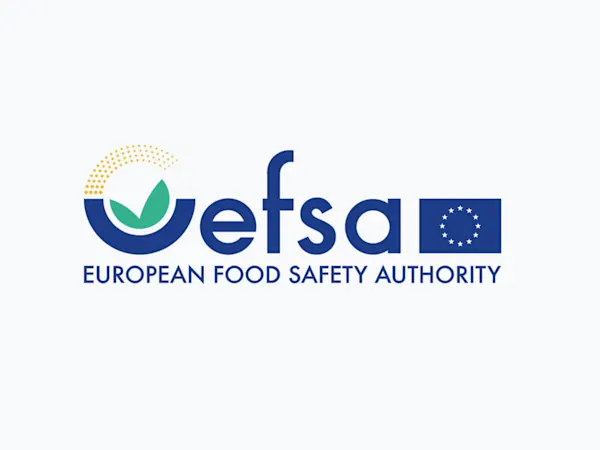
EU Ministers Press Commission on Delayed REACH Revision Amid Industry and Environmental Demands
EU Member States urge the Commission to accelerate the REACH revision, citing urgent health, environmental, and industry competitiveness needs.


The European Chemicals Agency (ECHA) has proposed a significant shift in EU chemicals policy by recommending the restriction of 13 Chromium(VI) substances under REACH Annex XVII. Announced on 11 April 2025, the proposal would replace existing authorisation obligations with strict exposure and emission limits by 2028. This change impacts the full manufacturing value chain, from surface treatment providers to aerospace primes and automotive suppliers.
The proposal targets substances such as chromium trioxide, sodium and potassium dichromate, strontium chromate, and barium chromate. These are used extensively in electroplating, corrosion-resistant coatings, and primers—particularly in aerospace, automotive, and industrial maintenance.
The grouping approach prevents companies from substituting one hazardous Cr(VI) substance for another, reinforcing the proposal’s goal to eliminate regrettable substitution.
ECHA assessed three restriction options (RO1, RO2, RO3) with differing levels of stringency:
Both RO1 and RO2 are likely to offer the best trade-off between health protection and industry viability. ECHA has prepared draft legal text for both, allowing policymakers to decide which path to pursue during the legislative phase.
The restriction proposal is currently under review by ECHA’s Risk Assessment (RAC) and Socio-Economic Analysis (SEAC) Committees. A public consultation is expected to follow in mid-2025, offering stakeholders a chance to comment on technical and economic impacts.
Final decisions will be made by the European Commission in coordination with Member States. If adopted, the restriction will take effect in 2028, with no grace period unless explicitly granted for critical uses.
Downstream users are urged to assess their compliance gaps early and participate in consultation rounds to influence feasible implementation.
Foresight continuously tracks 1000s of sources and maps updates to your portfolio:




EU Member States urge the Commission to accelerate the REACH revision, citing urgent health, environmental, and industry competitiveness needs.

The EU has classified DBDPE as a substance of very high concern (SVHC) due to vPvB properties, affecting manufacturers and downstream users of flame retardants.

EFSA launches consultation on updating its Weight of Evidence and Biological Relevance guidance, aiming to streamline chemical risk assessment practices.
Subscribe to Foresight Weekly and get the latest insights on regulatory changes affecting chemical compliance.
Free forever. Unsubscribe anytime.
Read by professionals at